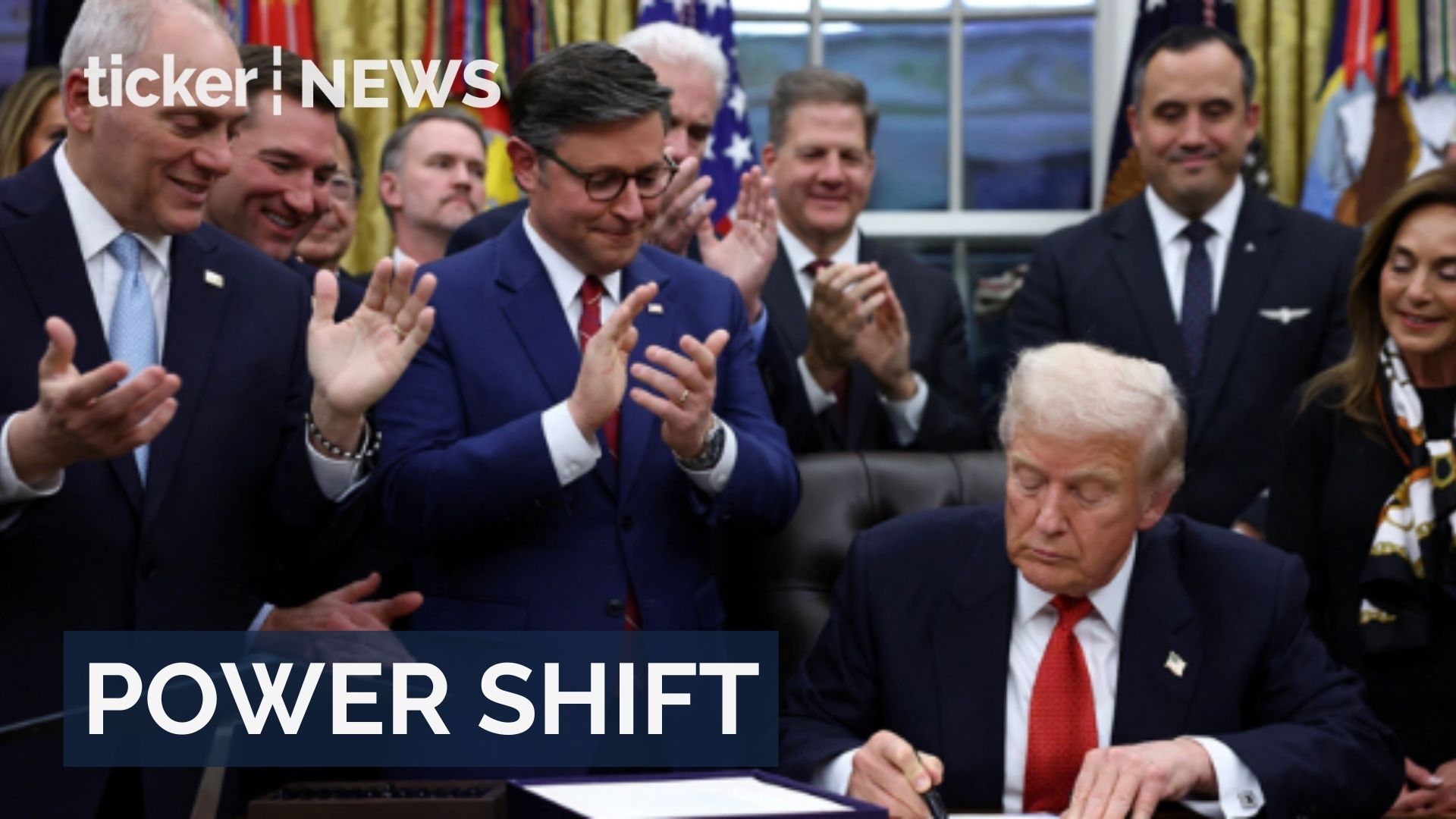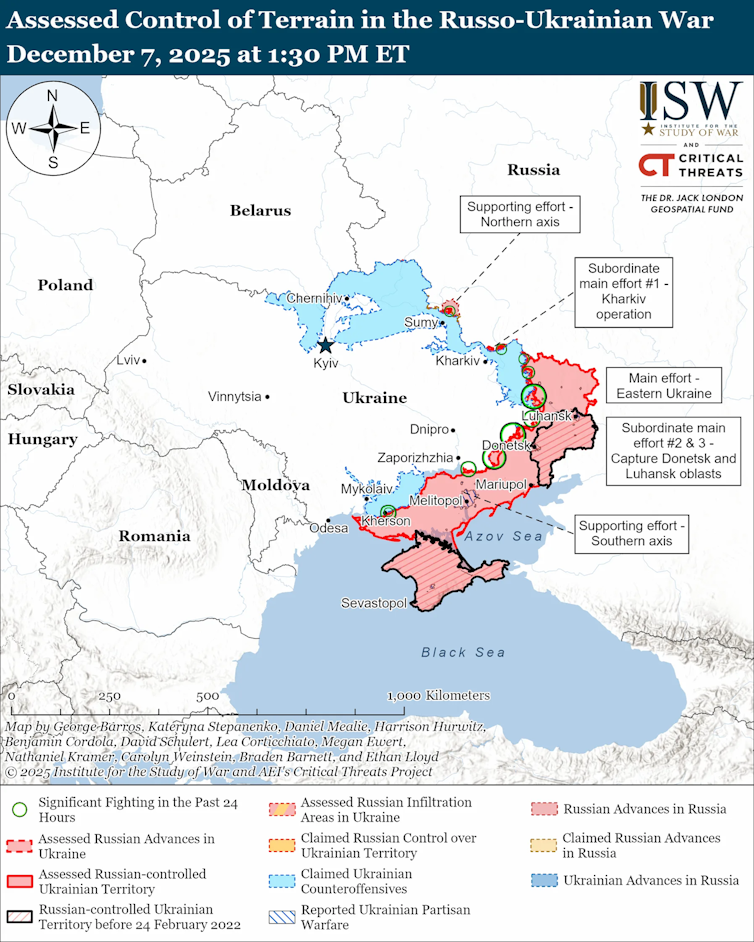Catherine de Fontenay, The University of Melbourne and Alex Robson, Queensland University of Technology
Over the next two decades, the average Australian worker is likely to change occupations at least twice.
Rapid technological change and longer working lives mean the days of having “one job for life” are long gone. New occupations will also appear and some older ones will shrink or vanish. And our preferences change.
So Australians’ ability to adapt to new occupations will be crucial for their wellbeing at work and for national productivity.
In a new Productivity Commission interim report, released today, we examine how Australia can build a skilled and adaptable workforce.
Here’s what we recommend for schools, mid-career learning and entering new occupations.
Can we help schools teach basic skills?
Being able to adapt in the workforce starts with having basic skills that can be transferred across different occupations. These are taught at school and include reading, maths and basic digital literacy.
But many Australian students lack these skills. For example, the most recent NAPLAN results show about 10% of students need additional support and about 20% are “developing” towards expectations.
Gaps in outcomes for students from disadvantaged groups emerge early and worsen over time. For example in Year 3, on average, students with parents who did not finish high school are two years behind in reading compared to students with parents with a bachelor’s degree. By Year 9, they are five years behind.
Students who fall behind also pose a huge challenge for teachers, who may need to teach a broad range of levels within one class. Our report found 53% of schools had the highest possible range of achievement levels when it came to NAPLAN scores.
To build these students’ skills, the Productivity Commission proposes investment in a comprehensive online bank of high-quality lesson planning materials. Some states and school systems already have, or are developing, banks of lesson plans. There is an existing central resource, but it requires updating and expanding.
A central bank could help teachers support students of all abilities in their classes. These would be available to all teachers, no matter what type of school they teach at. They would cover all aspects of the Australian Curriculum from the first year of school to Year 10.
Our report also found generative artificial intelligence (AI), if implemented well, has tremendous potential to support students who are falling behind (and to challenge those who are ahead).
We propose a national approach to “edtech” – including a stocktake of what’s currently used. This approach could also draw on the combined purchasing power of states to provide approved AI tools at a cheaper price than what schools could procure alone.
Can we make it easier to train and study mid-career?
Lifelong learning is also vital for adaptability. Workers who improve their skills or gain new ones over their working lives are more likely to adjust successfully to new technology and developments in their occupation.
We found sole traders and small and medium enterprises provided 65.9% of Australian jobs, yet their workers tend to receive less training than those in larger firms. So the Productivity Commission recommends trialling financial incentives (such as a tax credit) to encourage training for staff working in these organisations.
Some workers also need new qualifications to change occupations. They may look to get credit from their new institution for some of their prior experience to speed up their study.
But this system can be complicated. Providers get less revenue if students finish their courses more quickly and may be hesitant to give credit for prior learning. It can be also hard to determine what experiences, including overseas qualifications, should get what specific credits.
So we propose an independent process to assess “recognition of prior learning” and a public register of credit transfer decisions to show students what education pathways they might pursue.
Can we make it simpler to enter a new field?
Occupational entry regulations – or rules that require workers to meet minimum conditions – may also be hampering workers’ adaptability.
Excessive regulations can deter workers from entering occupations to which they are suited if the financial or time costs are too high. This can result in higher prices for consumers.
Our inquiry found between 15% and 31% of Australian workers are subject to registration or licensing – a higher proportion than as many as 23 European Union countries.
Across different Australian states, the rules for licensing workers vary widely, yet the Productivity Commission found no evidence those states with tighter licensing experience better consumer or worker safety outcomes.
Some of the industries we found has too many regulations included hairdressers, motor vehicle repairers, painters and decorators and air conditioning mechanics.
Many Australian occupations require lengthy qualifications, and in some non-trade occupations the educational requirements have ratcheted up over time.
In trades, trade apprentice numbers have stagnated. And only 54% of trade apprentices have finished within four years of starting their training. So we recommend alternative models are considered. These include a shorter apprenticeship for mature students, more narrowly focused qualifications, and completing coursework prior to a shorter apprenticeship.
Adapting to new job markets is always challenging. But workers who are changing occupations multiple times need to be supported to manage this volatility. Helping Australians to survive and thrive through change is the key to an adaptable workforce.![]()
![]()
Catherine de Fontenay, Honorary Fellow, Department of Economics, The University of Melbourne and Alex Robson, Deputy Chair, Productivity Commission, and Adjunct Professor, Queensland University of Technology
This article is republished from The Conversation under a Creative Commons license. Read the original article.

























